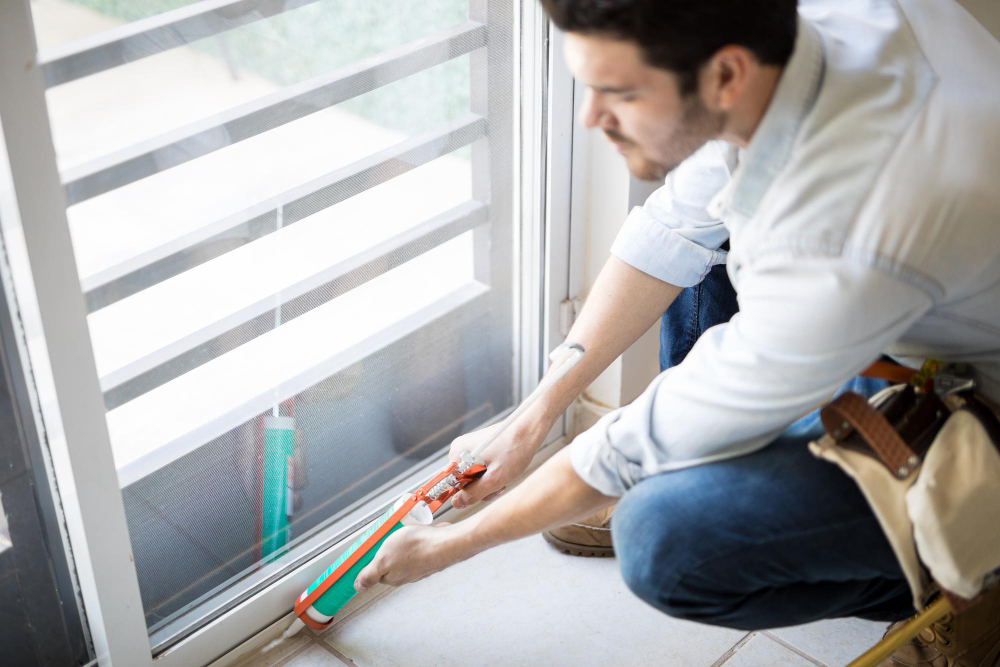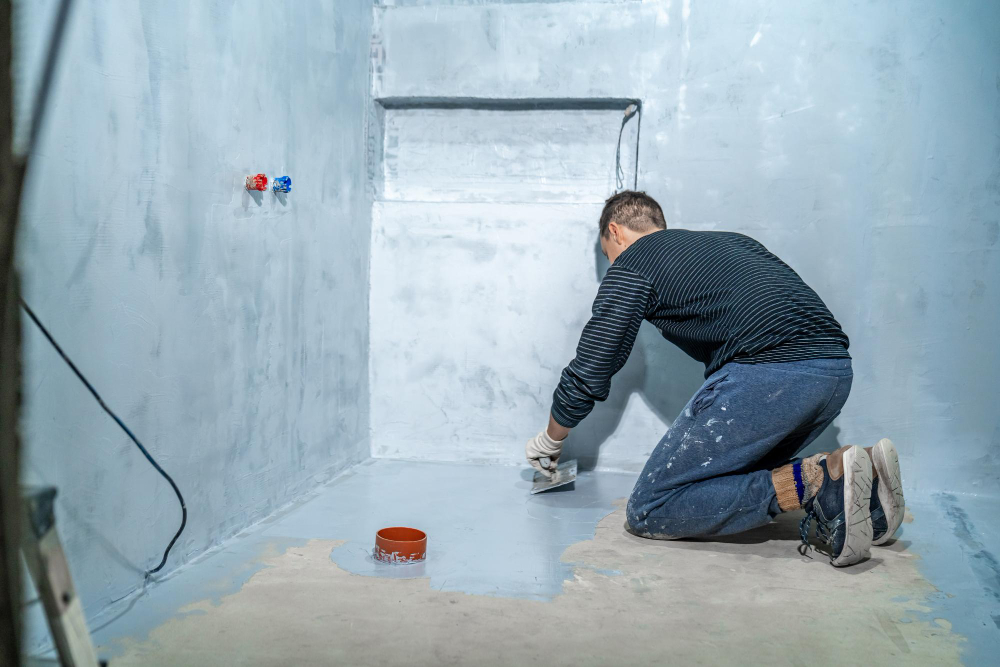
Waterproofing your house is the most critical step forward for its longevity, comfort, and protection from water damage. Whether it's heavy rains, snow, or general moisture, the proper techniques for waterproofing will guarantee you avoid costly repairs and structural damage. Now, in 2024, there are advanced DIY methods and tips that can be used to secure your house. Here are the best techniques and methods to waterproof your roof from your basement.
Advanced Coating Waterproof Roofs

A roof is one of the parts of your house that is highly exposed, which means protecting it from the elements is really important. Regarding roof hacks in 2024, they have been pretty clever, mainly focusing on high-performance coatings, though both are highly durable and very easy to apply.
The application steps for elastomeric coatings start with cleaning the surface and then applying the layers of coating either by roller or sprayer. It creates a constant, rubber-like sheet so that water cannot pass through that place. At those locations where heavy rains frequently tend to occur, other preventive measures are taken. Owners do this by applying liquid rubber or bituminous coating directly on the rooftop. Waterproofing roof hacks state that seams and edges need to be paid heed to, such as where water usually enters.
Cuddle All Cracks and Gaps Surrounding Windows and Doors

One of the simplest yet most effective waterproofing techniques and tips is sealing gaps and cracks around windows and doors. This is mainly because water tends to seep in, especially during periods of rain or stormy weather. The seals around windows and doors are plastic-like and have cracks, which break down with time, allowing moisture to be inside, which consequently results in mold growth and the rotting of wood.
Waterproofing Basement Walls And Floors

A basement is the most susceptible part of a house to water damage. Water intrusion in a basement causes flooding and molds to develop, meanwhile deteriorating the foundation. Waterproofing techniques for a basement generally involve the provision of a sealant or membrane around the walls and floors.
Before initiating work, base walls and floors should be clean and dry. After cleaning, the surfaces receive a cement-based or liquid waterproofing membrane. These membranes form a water barrier that prevents moisture seepage. If the walls or floors have cracks, one should look forward to patching and sealing up the gaps using a concrete patching compound before membrane application.
Install Gutter Guards and Keep Gutters
One significant cause of water damage around a house is clogged gutters. Gutters blocked with debris lead to overflowing rainwater, damaging the roof, walls, and foundation. Waterproofing hacks 2024 advises that installing gutter guards will help avoid debris build-up and ease the task of maintaining your gutters.
Waterproof Foundation Walls

Most people want to waterproof the foundation if they spend most of their time in a region with considerable groundwater and frequent rainfalls. Water penetrates through the foundation and causes structural damage. Mold, mildew, and cracking cause extreme structural destruction in the long run.
Waterproofing at the foundation begins with an examination from the outside to determine if there are cracks and openings. At that time, all of the cracks should be filled with concrete crack filler.
Waterproof Your Deck and Patio
Decks and patios are exposed to the first sight of water in your home, thus making them the first thing to show signs of water damage. Moisture causes them to warp or rot, not to mention mold. Waterproofing your deck and patio means installing an excellent sealant on your wood that will act as a barrier to moisture.
Start by cleaning the deck or patio to remove dirt, debris, and mildew, and then apply a sealant or stain specially designed for use on wood surfaces outdoors.
Pipe Insulation against Freezing
Frozen pipes in winter may be an amalgamation headache, especially for houses located in colder regions. Frozen pipes can crack out due to extreme freezing. This cracking will result in severe water damage, apart from the heavy repair bill. In fact, pipe insulation is one of the most effective waterproofing techniques and tips: Protect your pipes with insulation, especially those pipes that go through unheated spaces, like basements, attics, and crawl spaces.
Have Adequate Drainage around Your Home
The final hack is one of the most straightforward but effective ways to ensure your house drains. Moisture collected around the bottom of your home can bleed into your foundation, causing water damage and structural problems. Preventing this, however, involves ensuring the area around your home slopes so the water goes away from your foundation.
Conclusion
The most crucial reason why waterproofing your home is essential is that, through it, you can be saved from costs and destruction caused by water. Ensure that your house is adequately protected from moisture, not from structural damage, using the proper materials and techniques. High-quality roof coating, sealing the cracks around windows, and proper drainage are waterproofing hacks and techniques to achieve successful and efficient waterproofing of your home. With the use of proper waterproofing methods, act ahead with the best ways to keep your house dry, comfortable, and safe from the elements.










Comments (0)
Leave a comment